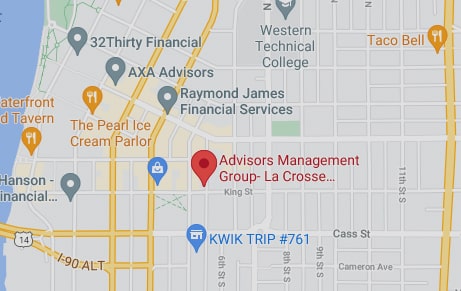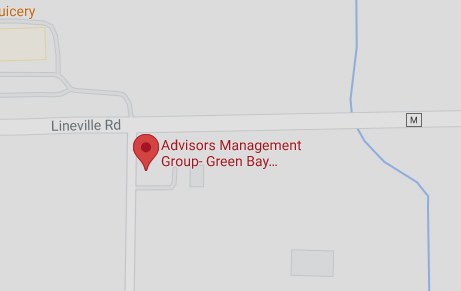‘Tis the season for notebooks and crayon deals.
Backpacks, sneakers and collared shirts and even tech also will be at some of the lowest prices of the year as retailers try to woo back-to-school shoppers.
According to the National Retail Federation and Prosper Insights and Analytics’ annual back-to-school spending survey, families with children in elementary school through high school are expected to spend an average of $696.70, which would top the record of $688.62 set in 2012.
Families with college students are expected to spend an average $976.78, which is up from last year’s $942.17 and would top the previous record set in 2017 of $969.88.
“Back-to-class shoppers still have the bulk of their shopping to do and are waiting to see what the best deals and promotions will be at a variety of different retailers,” said Phil Rist, an executive vice president at Prosper Insights, in a statement.
A survey from consultancy Deloitte found price often matters most when shopping for back to school, with 57% of respondents saying competitive prices were a top motivator.
Back-to-school sales tax holidays: Is your state giving families a tax break this year?
Savings for teachers: These stores are treating teachers to back-to-school discounts
But don’t worry, you don’t need to do all of your school shopping at once.
“Spreading it out over the year can help your budget and give you a chance to hit major sales,” said Kelsey Sheehy, personal finance expert for NerdWallet. “Take advantage of tax holidays and back-to-school sales to get the items you need now, but don’t be afraid to hold off until later in August.”
If your state has a sales tax holiday, educate yourself on what’s tax-free and what isn’t. Three states had their tax holidays in July and 13 are offering a tax break in August.
Shop smart
Some school supplies are at the lowest prices of the year in August and early September, but you can save more with the following tips.
- Make a list of everything you need. Target has school supply lists available through its School List Assist feature and Walmart also have teacher lists online.
- Compare prices. Start with a simple Google search of the product you want or use a price-comparison website like www.bizrate.com. When in-store, one of the easiest ways to check prices is by scanning a product with the Amazon app or another competitor.
- Use coupons. Stores have coupons in their weekly sales circulars and on their apps and websites. At Target, use Cartwheel to save on hundreds of items each day.
- Earn points and rewards. Take advantage of store loyalty programs to get money off a future purchase. Also, look for other savings opportunities like earning Kohl’s Cash on purchases of $50 or more and paying with a rewards credit card.
- There are apps for paying, too. Ibotta and Raise recently added mobile payments at dozens of stores and restaurants, which also allows you to earn a percentage of your purchase back. At Old Navy, get 7% of your purchase back when you pay through Ibotta and at Walmart, earn 1% on all purchases.
Shopping online
- When shopping online, look for coupon codes, free shipping, and stores that offer free return shipping.
- Avoid shipping fees by using an in-store pickup. Stores that offer this option include Best Buy, J.C. Penney, Kmart, Office Depot, OfficeMax, Macy’s, Kohl’s, Sears, Staples, Target and Walmart.
- Check a product’s price history on Amazon using camelcamelcamel, which has a Mozilla Firefox and Google Chrome browser extension called the Camelizer. Or go to www.camelcamelcamel.com.
Price matching
- One of the easiest ways to grab a deal – and avoid driving to multiple stores – is by price matching.
- Read store policies, which outline how to request a match both at the store and online.
- Some retailers, like Kohl’s, require you to bring the physical newspaper advertisements to the customer service desk for a price match. Others allow you to price match competitors’ online prices, including Amazon.
- Timing matters. The price usually has to be valid at the time of the match, and the item has to be in stock by the competitor.
- It has to be an identical item, brand name, size and model number. For online prices, third-party sellers are excluded.
- Beware of other exclusions. Target, for instance, notes competitor doorbusters and lightning sales are excluded.
- When in doubt, ask to speak to a store manager.
- Some stores will offer online price matching by chat or by calling.
Receipt reminders
Always check your receipt before leaving the store. You should also keep receipts for:
- Easier exchanges or returns. If the store is out of a size or a color you want, see if you can exchange the item for the right size and color once it’s in stock.
- Price adjustments. If an item you bought goes on sale within the week or two after, some stores will credit you the difference.
- For submitting rebates. If you buy an item that’s eligible for a rebate, make sure to submit the rebate or it won’t be a good deal. If you’re not going to follow through, consider looking for another sale.
- Digitize the receipts using apps like Receipt Hog and ReceiptPal, which also helps track spending and reward you for your purchases.
Stocking up
- In the days leading up to the new school year as well as the days after the year begins, stores will have some of the best prices on essentials such as notebook paper and notebooks.
- Stock up to avoid having to pay full price in the middle of the school year.
- Consider donating extra school supplies to a school supply drive.
- In a few weeks, plan to shop clearance racks when school supplies and clothes will be marked down. For young children, buy the next size in clothes when the price is right.
Source: USA TODAY



